You don’t need a green thumb to surround yourself with healthy, green plants. Here’s how to create your own indoor garden with ease!
Indoor plants give your living space a warm, relaxed and cheerful vibe. However, did you know that including greenery in your decor may also provide health benefits, like cleaning the air of pollutants, improving oxygen flow, and even reducing your stress levels? (1)
If your plants are always on their deathbeds, there’s a number of things you can do to bring them back to life, with no magic touch required. Here are 9 tips and a few important things to consider for future plant purchases.
Want to train your brain to be happier and healthier?
Click here to receive our FREE 7-Day Meditation Challenge!
1. Choose a Plant to Suit Your Lifestyle
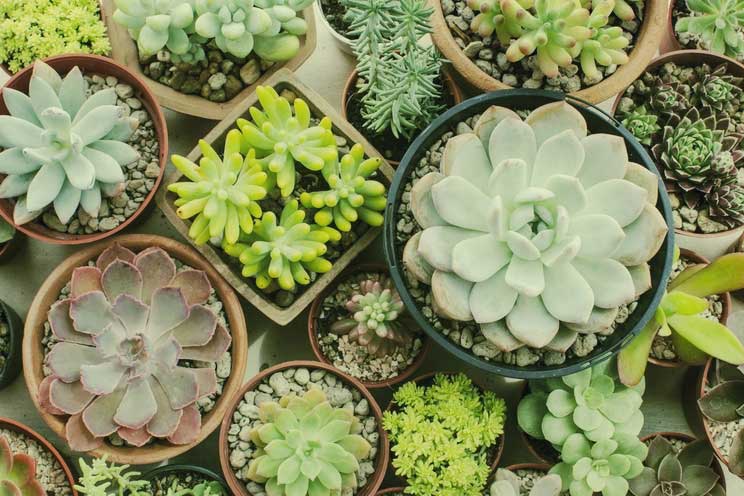
Plants are like babies. They require a specific feeding schedule, temperature, and certain kind of environment to thrive. If you have a lifestyle that prevents you from being home during regular “feeding” hours, or if you travel a lot, there are plenty of low-maintenance plants to take home.
Spider plants and succulents are great choices, as they require very little attention to stay alive. The snake plant only needs to be watered once every few weeks, and they can survive both with and without light, which makes them difficult to kill! Before you buy your next plant, read up on what it needs.
2. Keep Your Plants in Large Pots
Just like us, plants don’t appreciate being cramped in small spaces.
Some plants come in pots when you purchase them, and others will need to be “transplanted” into a new home from their current containers. To ensure your plant has enough room to grow and expand, the general rule is to pot your plants in pots that are 1½ times the size of their current container. Some plants will require repotting as they grow, so remember this tip each time you replant them.
3. Make Sure You Have the Right Kind of Light
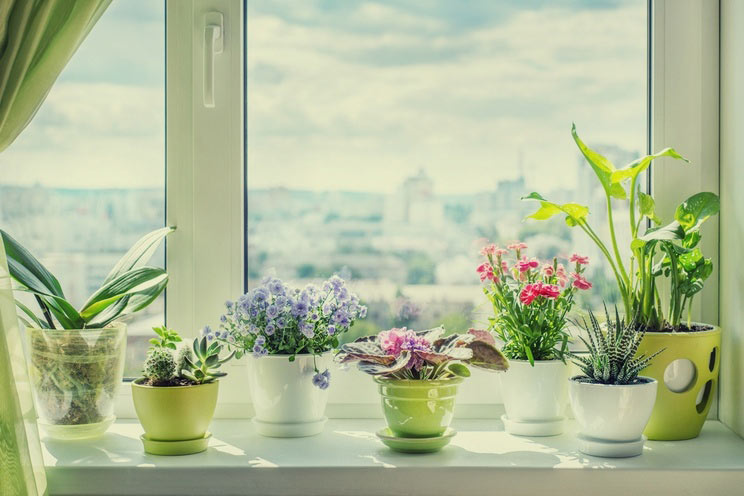
Some plants love the sunlight, while others are perfectly fine hanging out in the shade.
When choosing indoor plants, think about the lighting in the room you plan to keep it. Aloe vera or money tree plants love bright, sunny rooms, while bamboo, the snake plant, or pothos can thrive in the shade.
If your home doesn’t get enough light, but you want certain plants that need sunshine, you can use fluorescent light bulbs that mimic natural solar light. These are also helpful for growing indoor herb and veggie gardens. Your local garden and home hardware shop will have the details on this for you.
4. Don’t Forget to Water Your Plants!
A major culprit in plant death is underwatering. You’ll know your plant is thirsty when the leaves are wilting, or the first inch of soil is dry.
Of course, all plants will require a different amount of water depending on type and size, so rather than guesstimating, research online or ask your local gardening store about how often your plant needs to be watered (some only need to be watered once or twice a week), and exactly how much water it needs.
5. But Don’t Overwater Them, Either
A wise gardener said “plants like wet feet and dry ankles,” which is a great tip to keep in mind to avoid drowning your plants when you water them.
The moisture level of your plant will depend on the type of soil it uses, but in general, you want to keep the soil slightly moist (no puddles on the surface). Some types of soil soak up water quicker than others, which can make it difficult to keep your plant’s soil moist. For example, clay soil allows water to reach the roots of your plant easier, while sandy soil soaks up water like a thirsty sponge.
6. Use the Right Kind of Soil
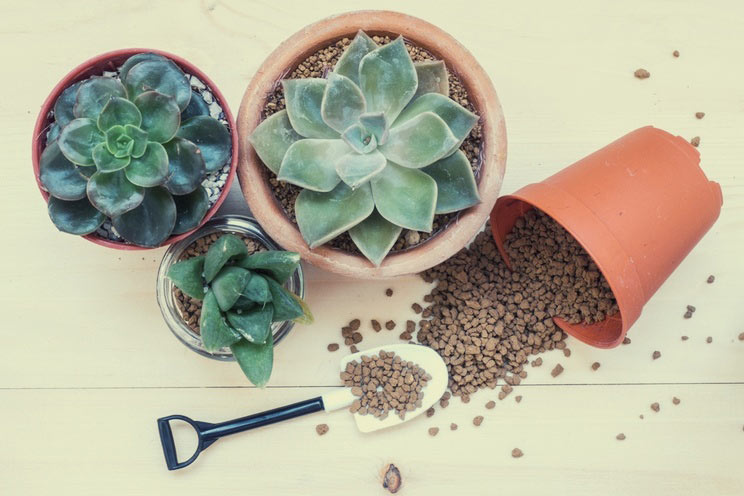
A sure way to kill your plants is to use the wrong soil. Soil is your plant’s environment, which allows it to receive its necessary nutrients. There are different types of soil, such as silt, clay, and sandy soil, which all have different properties when it comes to moisture retention.
Know before you grow, and refer to this guide to learn more about soil types before planting.
7. Set Plant Care Reminders
It’s hard enough not to forget your keys as you rush out the door in the morning, never mind tending to your indoor greenhouse! But you can’t skip watering times if you want to keep your plants alive. Set an alarm on your phone or leave yourself a sticky note reminder on the fridge.
8. Have a Drainage System in Place
When soil gets too wet, it causes the roots of your plants to rot.
Certain plants require rocks or holes in the bottom of their pots to allow extra water to drain, so it doesn’t kill the roots. Be sure to move your plant to a new pot if it comes in a container that doesn’t have any drainage system.
You’ll also want to avoid placing your plants on saucers (at least during watering times), which causes water to soak back up at the roots of the plant. If you’re using a decorative pot that has no drainage, try the double-potting method.
9. Use Room Temperature Water
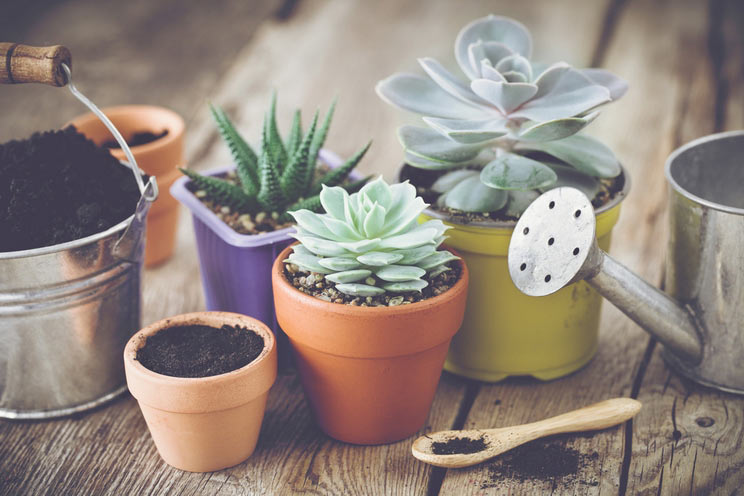
Having someone splash ice cold water on your face first thing in the morning isn’t pleasant, is it? Plants don’t enjoy it either. When watering your plants, be sure to use room temperature water rather than ice cold water, which can shock them.
Keeping your plants alive doesn’t have to be difficult. A basic knowledge about your favorite plant’s environment and feeding schedule can go a long way. When you consider that plants have the same basic needs as we do to thrive, learning to care for them can become much more intuitive.
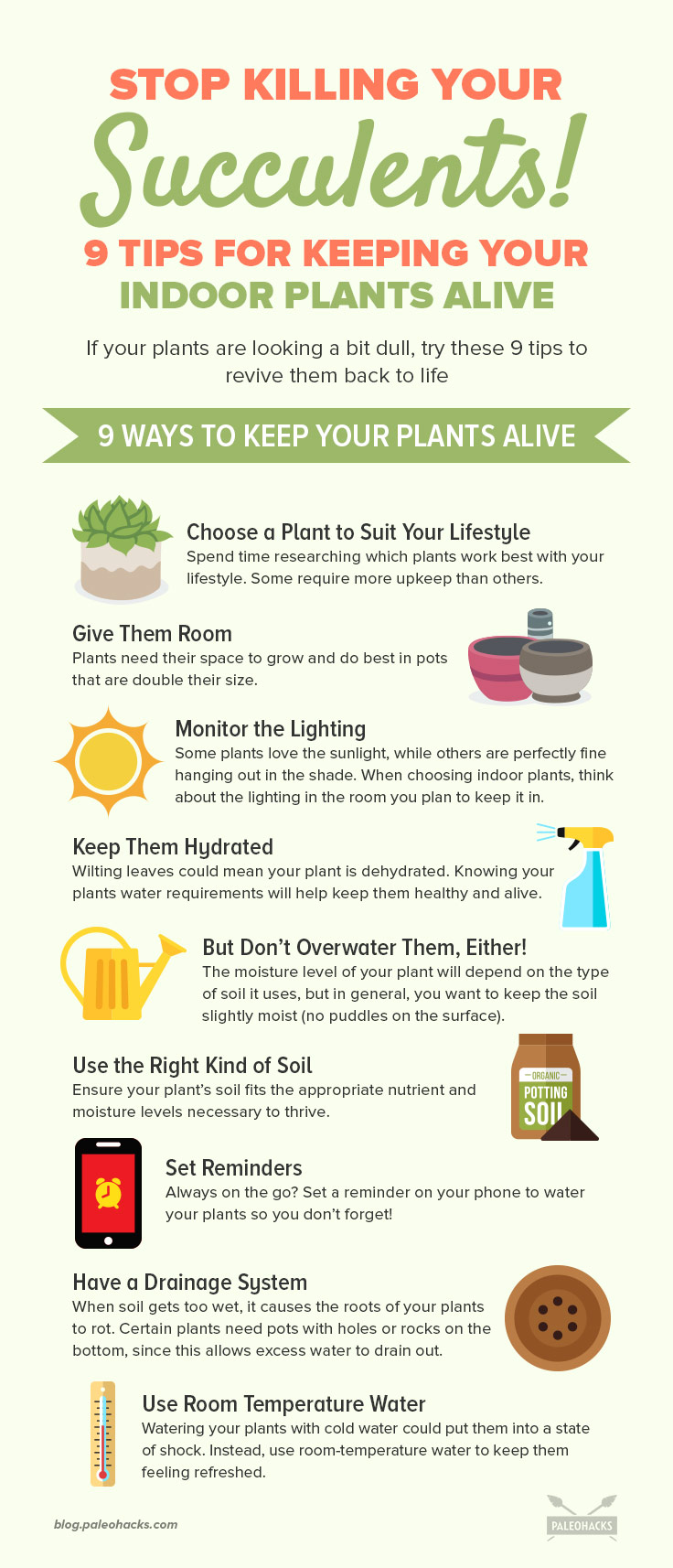
(Read This Next: 10 Ways Indoor Plants Improve Your Health and Home)


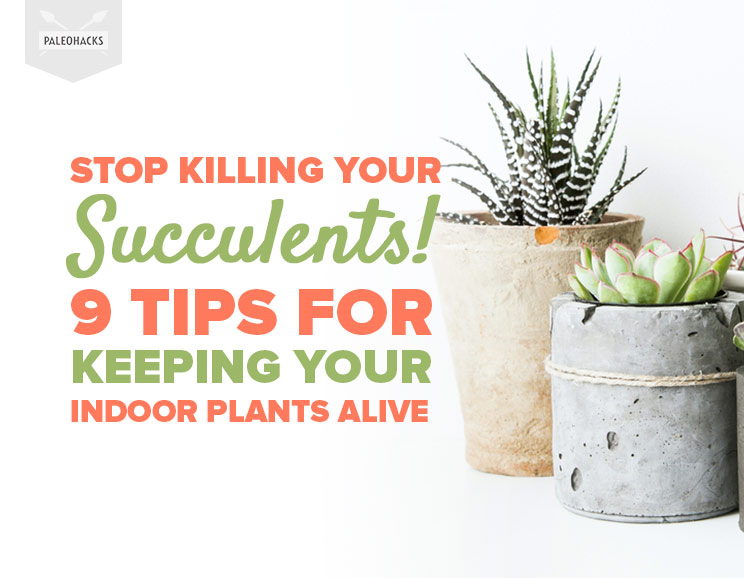
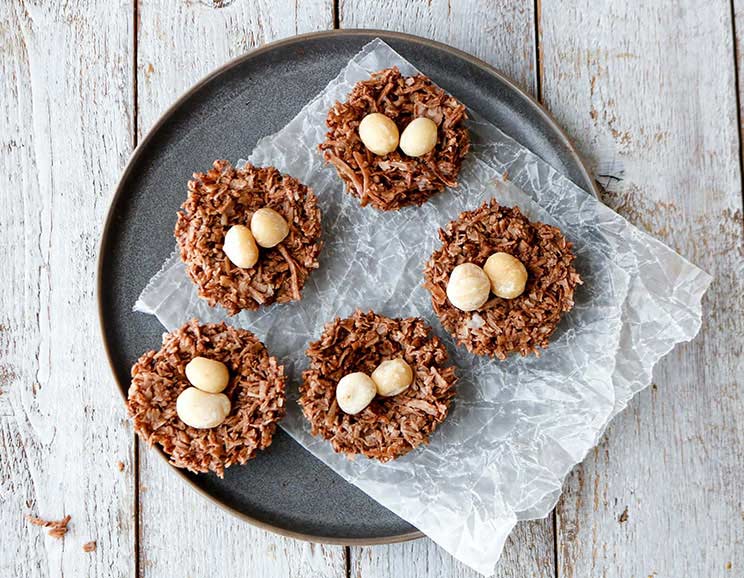 Keto Coconut Cacao Nests
Keto Coconut Cacao Nests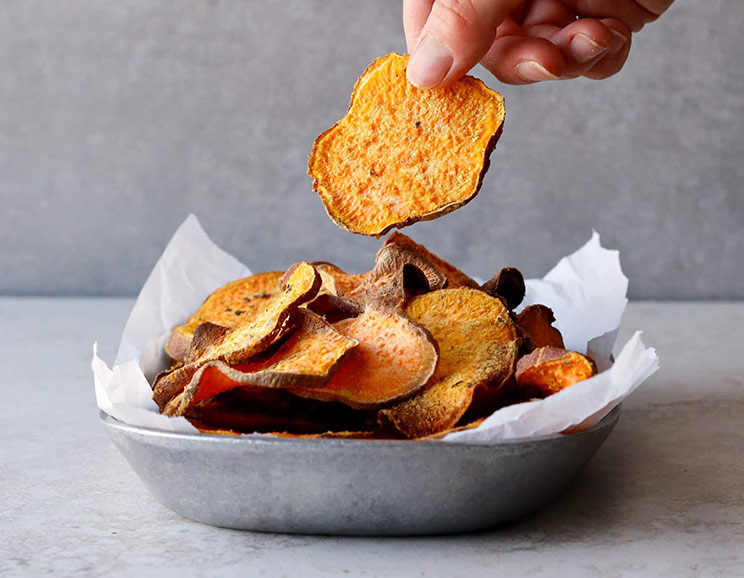
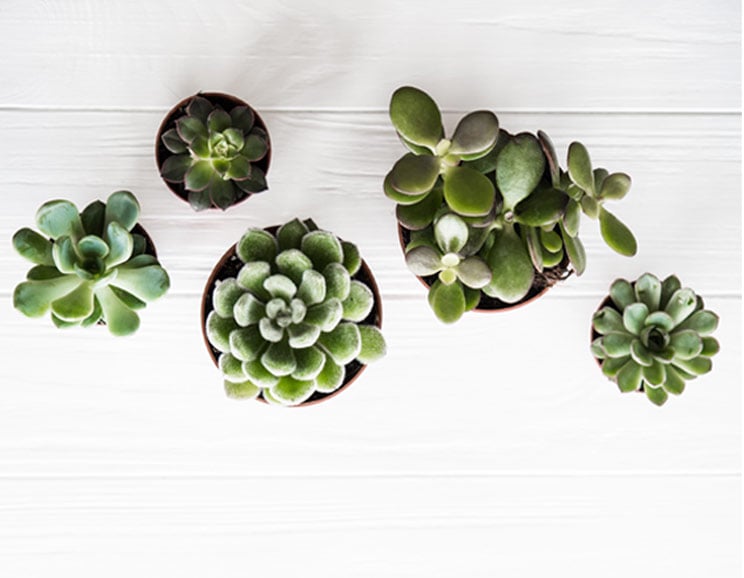


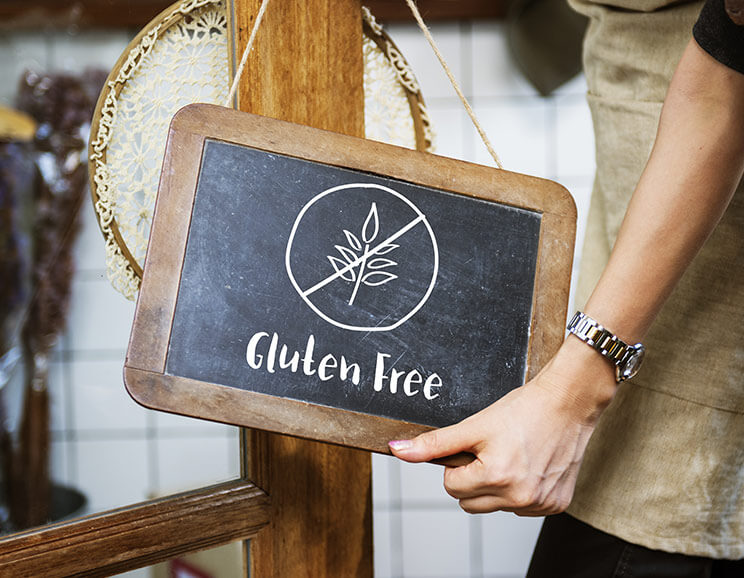


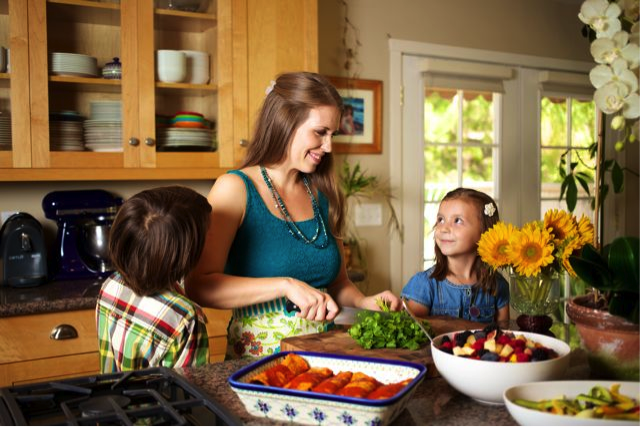


Show Comments